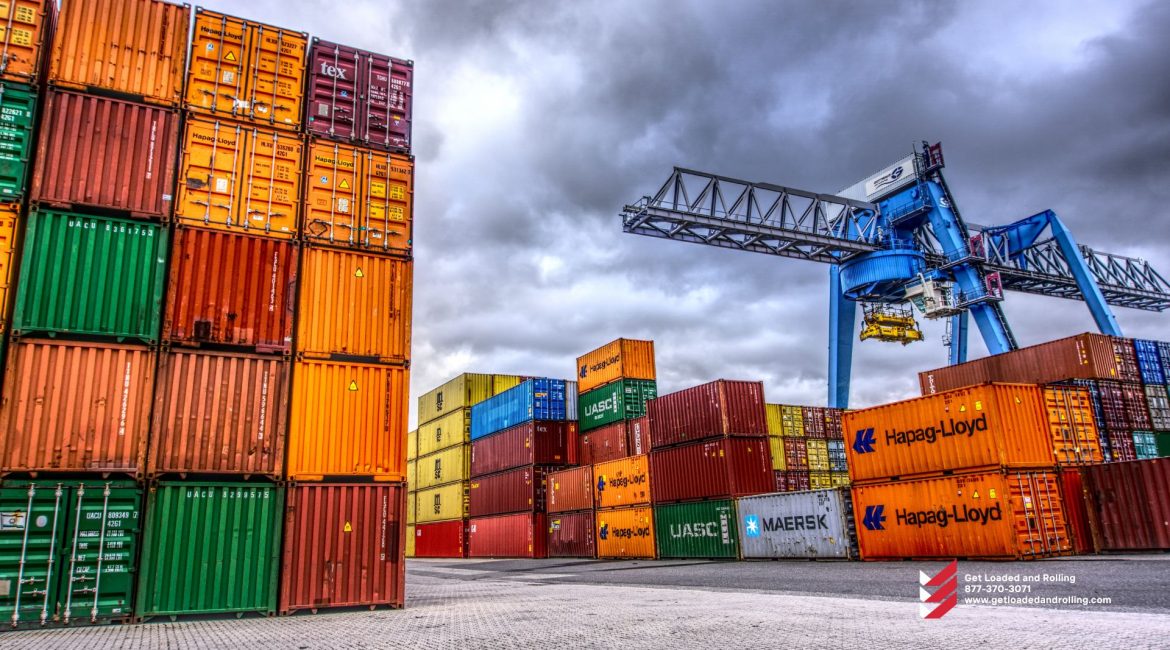The Inflation Reduction Act of 2022 (IRA), as the name implies, was signed into law earlier this month by President Joe Biden. It also includes $300 billion in subsidies and incentives for clean energy and climate change efforts.
The incentives are intended to speed electric vehicle adoption, and green ports, enhance renewable energy capacity and support American-made products. There are also tax reforms and healthcare benefits.
The climate law is intended to assist the United States in reducing greenhouse gas emissions by 40% by 2030 compared to 2005 levels.
1. Electric truck incentives
The EV tax credit covers the difference in price between a diesel truck and an electric vehicle, or 30% of the truck’s purchase price, whichever is less. However, it is limited to $40,000 per vehicle purchase.
Because new heavy-duty electric vehicles can cost more than $300,000, it’s uncertain how much this tax credit would entice fleet owners to invest in EVs.
According to Beia Spiller, director of the transportation program at the nonprofit research group Resources for the Future, which studies the implications of vehicle electrification, the tax credit may be “geared more toward incentivizing the purchase of smaller vehicles, such as cargo vans or box trucks used for short-haul package delivery in urban areas.”
The IRA also contains a credit of up to $100,000 per charger for the construction of EV charging infrastructure.
2. Financial incentives for renewable energy
The IRA contains tax benefits for battery storage as well as renewable wind and solar energy. This should make powering supply chain companies’ warehouses, distribution hubs, and retail more environmentally friendly and less expensive.
According to Resources for the Future, an independent environmental and energy research charity, the act will lower retail electricity rates by 5.2% to 6.7% over the next decade, saving consumers $209 billion to $278 billion.
These projections were based on anticipated natural gas prices. One advantage of additional clean energy is that it protects power consumers from unpredictable natural gas costs.
The charity anticipated that GHG emissions from the electrical industry would be reduced by 70% to 75% below 2005 levels by 2030. Without the IRA, those emissions were expected to fall by 49% over the same time period.
“As the country looks to increase renewable energy production and supply chain sustainability, these new public investments will help support more solar, more electric trucks, and new clean-energy technologies and infrastructure,” said Susan Uthayakumar, Prologis’ chief energy and sustainability officer, in a statement.
3. Providing assistance to domestic supply networks
The IRA is predicted to significantly raise demand for components used in solar panels, wind turbines, and electric vehicles. This could result in more job opportunities in the clean energy and manufacturing industries.
However, there is a catch. Some of the incentives are contingent on sourcing a particular quantity of raw materials in the United States, building the finished product in the United States, or achieving worker training and competitive wage standards.
While these conditions benefit domestic supplier chains and worker rights, other experts believe they will delay EV and renewable energy growth. Domestic supply chains for EV and solar panel production are still in their infancy.
It’s uncertain if or how quickly these incentives will encourage the expansion of domestic supply chains.
“The National Association of Manufacturers continues to be vehemently opposed to the IRA.” It raises taxes on American manufacturing, hurting our competitiveness at a time when we face severe economic headwinds such as supply chain disruptions and the greatest rate of inflation in decades.”
4. Port greening
Until September 2027, the IRA includes $3 billion in subsidies and refunds for port authorities and marine terminals to purchase zero-emission cargo-handling equipment. The purpose is to reduce air pollution around ports.
However, it defines zero-emission port equipment and technology as “human-operated equipment or human-maintained technology,” excluding automated technology from grant eligibility.
To qualify for the incentives, zero-emission cargo handling equipment or technology must release no air pollutants or GHGs or capture 100% of the emissions produced by vessels at berth.
“This would go a long way toward assisting seaports in meeting their carbon reduction objectives,” Elaine Nessle, executive director of the Coalition for America’s Gateway and Trade Corridors, said. “Freight projects can provide economic benefits for the entire country, but they can also have a detrimental impact on local areas, so it’s important to have federal resources to offset those negative impacts.”
